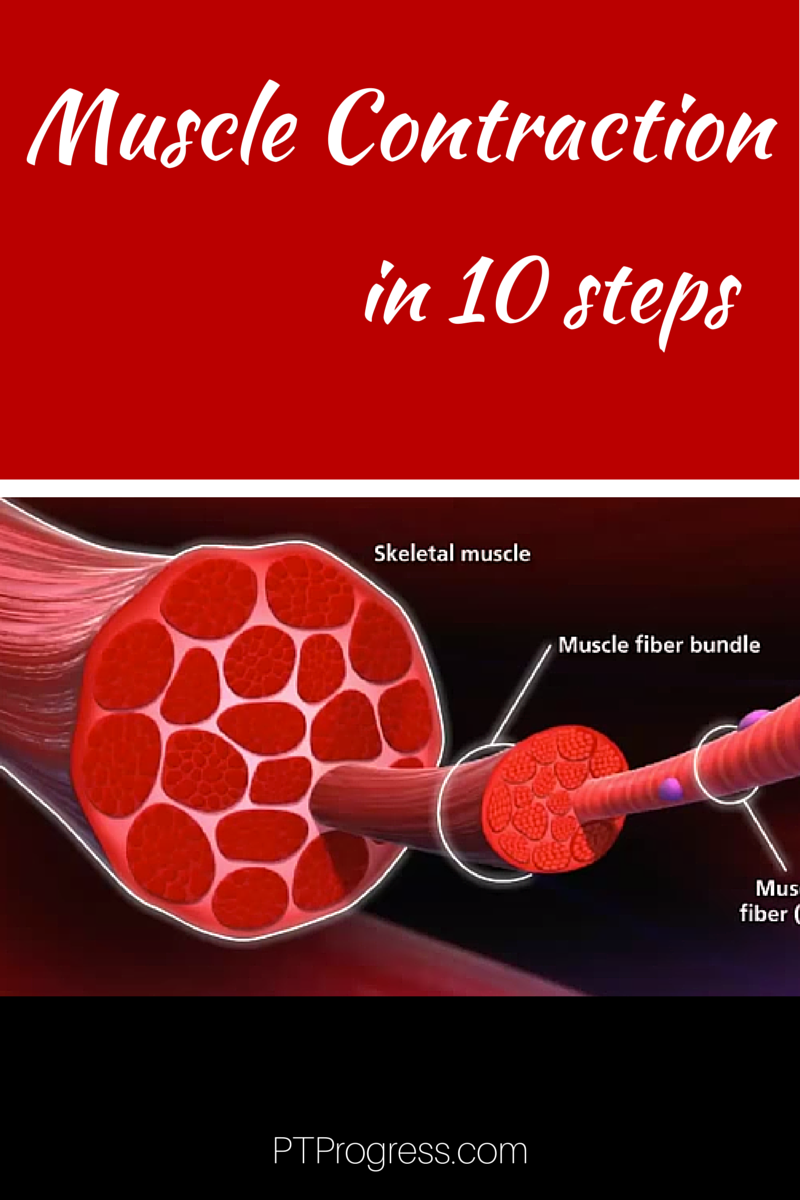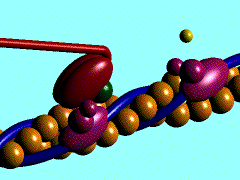At the foundation of all movement is the humble muscle cell. If you remember from biology, there are quite a few steps to a simple muscle contraction, so we’ll do our best to simplify it in this article.
So let’s do a quick review of muscle contraction physiology:
- An action potential in a motor neuron causes acetylcholine to release in the synaptic cleft.

- Acetylcholine binds with receptors on the cell membrane on the muscle fiber, opening Ca2+ -Na+ channels. Usually referred to as Calcium channels.
- Calcium is released from the terminal cisternae into the muscle fiber.
- Calcium binds to troponin
- Troponin shifts tropomyosin, which was blocking the active site on the actin.
- Myosin heads attach to actin by breaking down ATP to ADP and a phosphate via Myosin-ATPase
- The Myosin head forms a ‘cross-bridge’ on the active site of the actin filament.
- The cross bridge pulls actin, which slides over the myosin – known as the ‘Power Stroke.’
- The release of ADP completes the cross-bridge movement and ATP attaches to myosin, breaking the actin-myosin crossbridge.
- Every time ATP is split into ADP + P, the myosin head ‘cocks’ into place to form another cross bridge with actin.
This entire process shortens the sarcomere, which is functional unit of a muscle cell.
You can read a textbook, or even study the simplified steps above, but watching it in action is very helpful. Here’s a short snippet of a simulated muscle contraction showing the parts of a muscle cell and what happens during a muscle contraction.


source: http://www.sci.sdsu.edu/movies/actin_myosin_gif.html
Movement Focus:
How can we explain an increase strength or force production with the sliding filament theory in mind?
Two ways: Frequency and Quantity
The faster a motor unit is stimulated, the greater strength and force it can produce.
Likewise, the more motor units activated, the greater your strength or force can be.
Remember, a muscle unit fires in an ‘all or none’ pattern, so that means no partial contractions. You’re either recruiting more or firing them faster.
Was this a good reminder of the basics? Share your thoughts in the comments below.


No seriously, this article is REALLY helpful 🙂
Thank you for these notes and video it helped a lot!
This is very helpful. I am interested in the frequency aspect. Is the frequency of the power stroke governed by a frequency in the action potential?
waw! this is very helpful! thanks!!!!!
Simple and lucid explanation
You had the right ion as Na+, because the acetylcholine attaches to sodium gates, allowing the sodium to be released. This continues the action potential from earlier through the T-tubules of the muscles, which then releases the calcium or Ca2+.
Thanks Eric. I made a slight edit to clear it up a bit.
Yeah, the information is very clear and understandable
thanks a lot you helped me
Jesus.
Walking in knowing nothing just made me more confused to start with. The more I thought about it though, the more sense it made
P.S. I’m attempting to synthesise muscle tissue… wish me luck
What an awesome explanation! Thank you!
Very helpful. Thank you very much for this helpful explanation
If, after Myosin heads attach to actin by breaking down ATP to ADP and a phosphate via Myosin-ATPase, the pH of the muscle drops dis-enabling the enzyme, does the Myosin head remain attached and not released from the Actin?
Thanx for helping
Very helpful,thank you. 🙂
AMAZING! GOOD STUDY INFO CLASS TEST…. THANKS 🙏